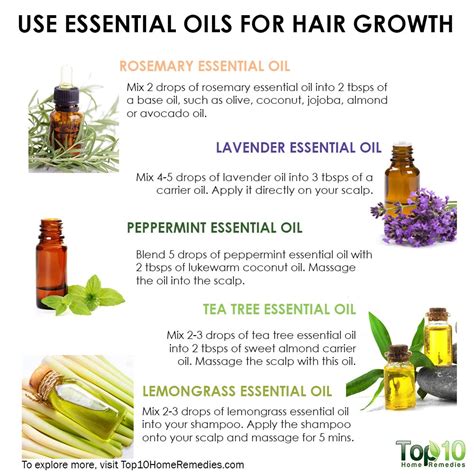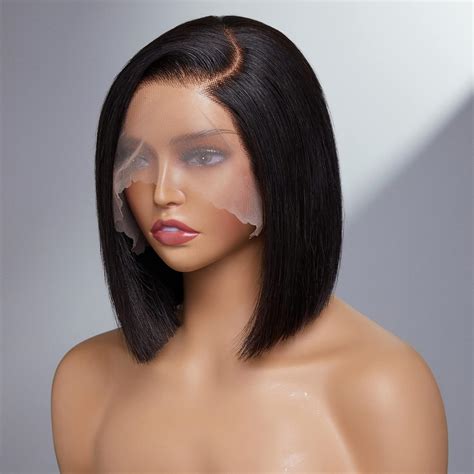Introduction
Wigs and closures have emerged as popular hair accessories that offer versatility, style, and protection. They empower individuals to experiment with different hairstyles, cover hair loss, and enhance their overall appearance. This comprehensive guide will delve into the world of wigs and closures, providing insights into their types, benefits, and maintenance techniques.

Types of Wigs
1. Lace Wigs
Lace wigs feature a delicate, breathable lace base that mimics the scalp. They provide a natural-looking hairline and allow for maximum styling flexibility. Lace wigs come in different densities, textures, and styles, catering to diverse needs.
2. Machine-Made Wigs
Machine-made wigs are constructed using a sewing machine to attach hair fibers to a cap. They are often less expensive than lace wigs and offer durability. However, they may be less breathable and limit styling options.
3. 360 Frontal Wigs
360 frontal wigs have a lace or fabric band that extends around the entire hairline. They allow for versatile styling, including buns, ponytails, and updos. The hair can be parted anywhere along the lace, creating the illusion of natural hair growth.
Closures
Closures are small pieces of hair that are used to cover the crown of the head, blending seamlessly with the rest of the hair. They are available in different materials, such as:
1. Lace Closures
Lace closures are made of a thin, transparent lace base that creates an undetectable hairline. They allow for versatility in styling and can be parted in different directions.
2. Silk Base Closures
Silk base closures are made of a smooth, opaque fabric that mimics the natural scalp. They provide a matte finish and are less prone to tangling than lace closures.
Benefits of Wigs and Closures
1. Versatility
Wigs and closures offer endless styling possibilities. They allow individuals to instantly change their look, from sleek bobs to flowing curls. They are also suitable for special occasions and costume parties.
2. Hair Protection
Wigs and closures can protect natural hair from damage caused by heat styling, chemical treatments, and environmental factors. They can also help cover hair loss or thinning, boosting confidence and self-esteem.
3. Time-Saving
Wigs and closures save time on hair styling. They can be applied and styled in minutes, eliminating hours spent on detangling, straightening, or curling natural hair.
Maintenance of Wigs and Closures
1. Washing
Wigs and closures require regular washing to maintain hygiene and prevent tangles. Use a mild shampoo and conditioner specifically designed for wigs. Avoid scrubbing or using harsh detergents.
2. Detangling
Gently detangle wigs and closures using a wide-toothed comb or brush. Start from the ends and work your way up to the roots to avoid breakage. Use a detangling spray or leave-in conditioner to reduce friction.
3. Drying
After washing, blot excess water with a towel. Avoid using a blow dryer or exposing wigs and closures to direct sunlight, as this can damage the hair fibers. Air-dry on a wig stand or mannequin.
Market Statistics
According to the Market Research Future report, the global wigs and closures market size was valued at USD 33.41 billion in 2021 and is projected to reach USD 68.65 billion by 2028, exhibiting a CAGR of 10.5%. The growing demand for natural-looking hair extensions, rising disposable income, and advancements in hair technology are key growth drivers.
Innovative Applications
1. Hair Restoration
Wigs and closures play a significant role in hair restoration for individuals experiencing hair loss due to medical treatments, alopecia, or other conditions. They provide a discreet and natural-looking solution to regain self-confidence.
2. Costume Creation
Wigs and closures are essential for creating realistic costumes for theatrical productions, historical reenactments, and cosplay. They allow performers to transform into characters with unique hairstyles and eras.
Step-by-Step Guide to Applying a Wig or Closure
1. Preparation
- Gather necessary tools: wig, wig cap, hairpins, styling products.
- Wash and condition natural hair to remove oils and tangles.
- Secure natural hair with a wig cap to create a smooth base.
2. Wig Application
- Position the wig on your head, aligning the hairline with your natural hairline.
- Secure the wig with hairpins around the perimeter of the wig cap.
- Adjust the wig for a comfortable and natural fit.
3. Closure Application
- Apply a thin layer of adhesive to the closure.
- Press the closure firmly onto the centre of your head, aligning the hairline with your natural hairline.
- Use hairpins to secure the edges of the closure.
FAQs
1. Do wigs and closures damage natural hair?
No, properly applied and maintained wigs and closures do not damage natural hair. They protect it from environmental damage and harsh styling techniques.
2. How often should I wash a wig or closure?
Wash your wig or closure every 2-3 weeks depending on how often it is worn. Overwashing can weaken the hair fibers.
3. Can I style wigs and closures with heat?
Yes, some wigs and closures are heat-resistant and can be styled with heat tools. Check the manufacturer’s guidelines to ensure compatibility.
4. Can I dye wigs and closures?
Yes, some wigs and closures can be dyed. However, chemical treatments can alter the hair texture and colour, so it is recommended to consult a professional before dyeing.
5. How do I transition from natural hair to wigs and closures?
Gradually incorporate wigs and closures into your routine to avoid drastic changes. Start by wearing them for short periods and gradually increase the duration until you feel comfortable.
6. Where can I purchase wigs and closures?
Wigs and closures can be purchased from online retailers, specialty beauty stores, and salons. Do your research to find reputable vendors that offer high-quality products.
Conclusion
Wigs and closures have revolutionized the hair industry, empowering individuals to enhance their style, protect their natural hair, and boost their confidence. With proper maintenance and care, these versatile hair accessories can provide years of enjoyment and transformative experiences. As technology continues to advance, we can expect even more innovative applications and hair extension solutions in the future.
